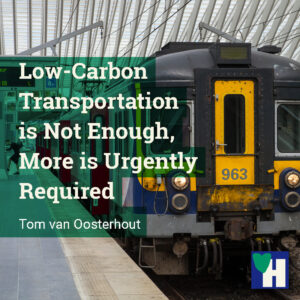
Low-carbon transportation is not enough to curb climate change. There is no longer any debate about the fact that combustion engines are unsustainable. Climate change is every day in the news.
Countries flood. Forests burn. Oceans are full of plastic. Biodiversity declines at an unprecedented rate. The air we breathe, the water we drink, and the food we eat are full of toxins.
97% of the carbon dioxide (CO2) emissions, a major contributor to climate change, comes from the direct burning of fossil fuels. Black carbon, a component of the particulate matter discharged in exhaust fumes, causes respiratory and carcinogenic diseases and is also a major contributor to climate change.
Low-carbon transportation at the local level seems one of the most sustainable ways to curb climate change and improve our health. However, more is urgently required.
Related: What is Sustainable Energy and Why Must We all Convert to it?
Table of contents
- 1 Low-carbon transportation is not enough, more is urgently required
- 2 Why the world should not be at our doorstep
- 3 The world is not our personal playground
- 4 We must preserve public transportation
- 5 More crossover transportation modalities needed
- 6 Creative transportation adaptations: Via Verde
- 7 Low-carbon transportation is not enough
Low-carbon transportation is not enough, more is urgently required
- We need to curb our desire to have the world at our doorstep;
- Let’s forget that the world is our personal playground or pleasure island;
- It is most important that we preserve our public transportation infrastructure;
- Arrange as many crossover transportation modalities as possible;
- Creative adaptations are more than welcome.
Why the world should not be at our doorstep

The explanation of the relationship between our low-carbon transport and climate change and the destruction of biodiversity can best begin from a broad perspective.
Although transport has always been of some importance, our objectives of transport changed dramatically. Essentially transport was important for trade, war, and to find new pastures for food. Often these objectives were linked.
The most basic motive for trade is to make money. This motive lay at the birth of colonialism and slavery. Trade interests also often caused wars. As well as the search for new pastures.
With the invention of the combustion engine, all this changed. The possibilities for trade and war exploded to their natural limits. These limits made it clear to us that trade was more profitable without war.
We also experienced that new pastures no longer were important. The combustion engine could transport the products from every pasture around the world at our doorstep. This is a desire we most urgently need to curb.
The world is not our personal playground
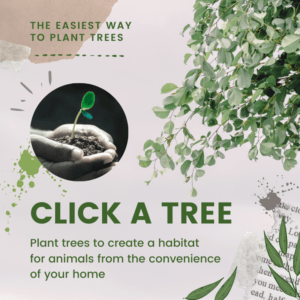
With the possibility to bring the world at our doorstep, enhanced by radio, TV, and the internet, an opposite movement set in. The idea emerged that we could also transport ourselves across the world.
And off we all went. In droves. In Europe, to the countries bordering the Mediterranean, Spain, France, Italy, Greece. In the USA, to Florida and California. I was 18 years old when I first visited Spain in 1971.
Together with a friend, I hitchhiked and we took the train for the final half of the trip. Altogether, the trip took us 3 days. At present, when you’re 18, the flight from The Netherlands to Spain takes you to your Spanish beach in 3 hours.
With the invention of mass tourism and cheap flights, the further we all went. The pleasures were never new enough. In 2006 Hannie and I went to Australia to visit relatives. It took us only a day to get there.
The infinite possibilities of the combustion engine introduced a totally new, and seemingly unlimited objective: amusement, relaxation, recreation, vacation. In short, pleasure. The search for pleasure replaced our search for new pastures. But please let’s stop acting as if the world is our personal playground.
We must preserve public transportation
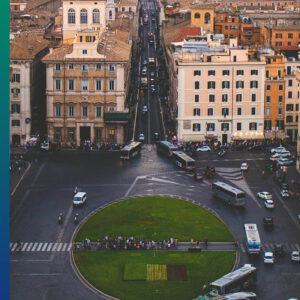
To plan low-carbon transport is not that obvious. Trains are a low-carbon and sustainable transport mode. Provided they are planned well. Which is not always the case.
At the south border of the village where we live, comes a high-speed train track. That’s good. The building of the track will take between 7 and 10 years. That’s not good.
What is even worse, the existing local train line, connecting various small cities with the regional capital, will be closed during this period. Probably because small pieces of the old track will have to make way for the high-speed train track.
The local trains will be replaced by buses. Of course, replacing trains with buses is one of the most unsustainable solutions imaginable. Once you’ve seen the buses and the cities here, you’ll even understand this better.
The buses are diesel, fuming horrible amounts of smoke and particulate matter. They will have to cross every village and small city, rattling over hundreds of street bumps and swinging around even more traffic roundabouts. The thought alone makes me sick to my stomach. It’s most important that we preserve our precious public transport infrastructures.
More crossover transportation modalities needed
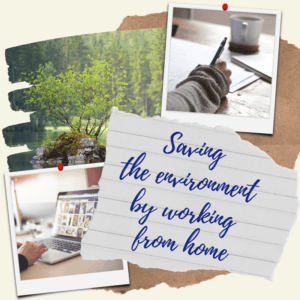
These examples explain why we need more than low-carbon transport systems. Even when all modes of transport are sustainable, they’re still very bad for our health. Because they make us lazy. We need to use our feet more and cycle more. We need to move our bodies more.
The only solution is to connect our modes of transport by developing crossovers. Examples of crossovers are park and ride facilities. Provided these are easy to reach with public and private transport (by bike and on foot).
Nobody wants to abandon their private modes of transport. The least of all, our car. To live without a car is for most people absolutely impossible. They could no longer go to their work, or go shopping, or they are forced to live in a city. Most people have no choice by the way, other than to live in a city.
Because of these necessities, we should imagine that our cities are planned to make us more healthy. This is not the case. Car space is consistently prioritized.
For example, people who live inside as well as outside cities can not enter cities on foot or by bike. Unless they are tired of their life. As a consequence people get unhealthier by the day.
Creative transportation adaptations: Via Verde
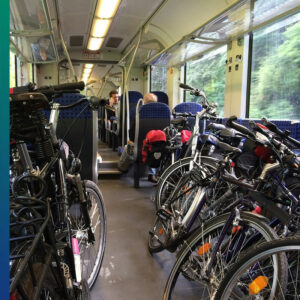
Before we put all the blame on engineers or scientists or politicians or civil servants, because we think they are indifferent to sustainable transport modes, we have to question our own behavior as well.
We are the ones who beatified, canonized and sanctified our cars. Who wanted the new pastures brought to our doorsteps? Or at least to our supermarkets?
And there we had to go by car anyway because we no longer were able to carry all the produce of the world’s new pastures home on foot. Or on a bike by the way, and I know because I tried it for a couple of years.
We are the ones who lost touch with the consequences of our own behavior. Is it too late to change our ways? No, it’s never too late. But it’s going to be mighty complicated. Closing down local train lines is one of the most senseless and unintelligent actions one can ever come up with.
Unless, of course, you turn those closed lines into walking and cycling lanes, connecting those small cities. Such as happened here with the Via Verde. Beautiful initiative. But for now, let’s stop erasing those local lines, and first exploit the sustainable public transport modes available to us.
Low-carbon transportation is not enough

To close my arguments, I asked myself how we are going to get to the nearest high-speed railway station in the future (50 kilometers away). The first that pops up in our mind is: by car.
But there are no parking facilities near the high-speed railway station. The station is in the middle of an already totally overbuilt urban area. Is the bus a serious alternative? But the bus will take, from where we live, on average at least one and a half-hour drive.
Imagine that we would like to go by public transportation to the national capital. There live our son, his wife, and our grandchildren. This would take us at least a day. Even with the high-speed train.
The best option is the car. It’s quick, it will take us from door to door in 4 hours, and comfortable. I can pick my nose without anybody watching. This is of course an example of why low-carbon transport, aka an electric or hybrid car, would be very welcome. But as explained, low-carbon transportation is not enough.
Related: How do we Personally Try to have a Sustainable Lifestyle?
How do you try to curb your carbon modes of transportation? Please let us know in the comment box below.

I took the leap and bought a hybrid since in the town I live the infrastructure for charging stations is far from being perfect and I wanted to know the car won’t run out of “juice” and leave me to resort to ubering. There’s no such thing as a perfect scenario, we all have to do our best and accept that sometimes we just have to make small compromises.
Hi Madeline,
Good of you to at least take the step to a hybrid car. Every step for the better is welcome.
The impact of decisions on infrastructures is often tremendous. As a journalist, I once wrote an article about the reason why railway tracks are where they are.
Most railway tracks were built at the end of the 19th and the beginning of the 20th century. The choice of the tracks was primarily based on strategic military considerations.
As a consequence of this maxim, the two major cities of Amsterdam and Rotterdam were never directly connected with Antwerp and Brussels, but through one of the most insignificant and totally unlogic small cities in the south of The Netherlands.
Fortunately, with the arrival of the High-Speed Railway 2 years ago, this changed. Although I must say, the gain in time for the price you pay is very limited.
So you’re right, there is no perfect scenario.
For now, stay safe, stay healthy.
Regards,
Tom